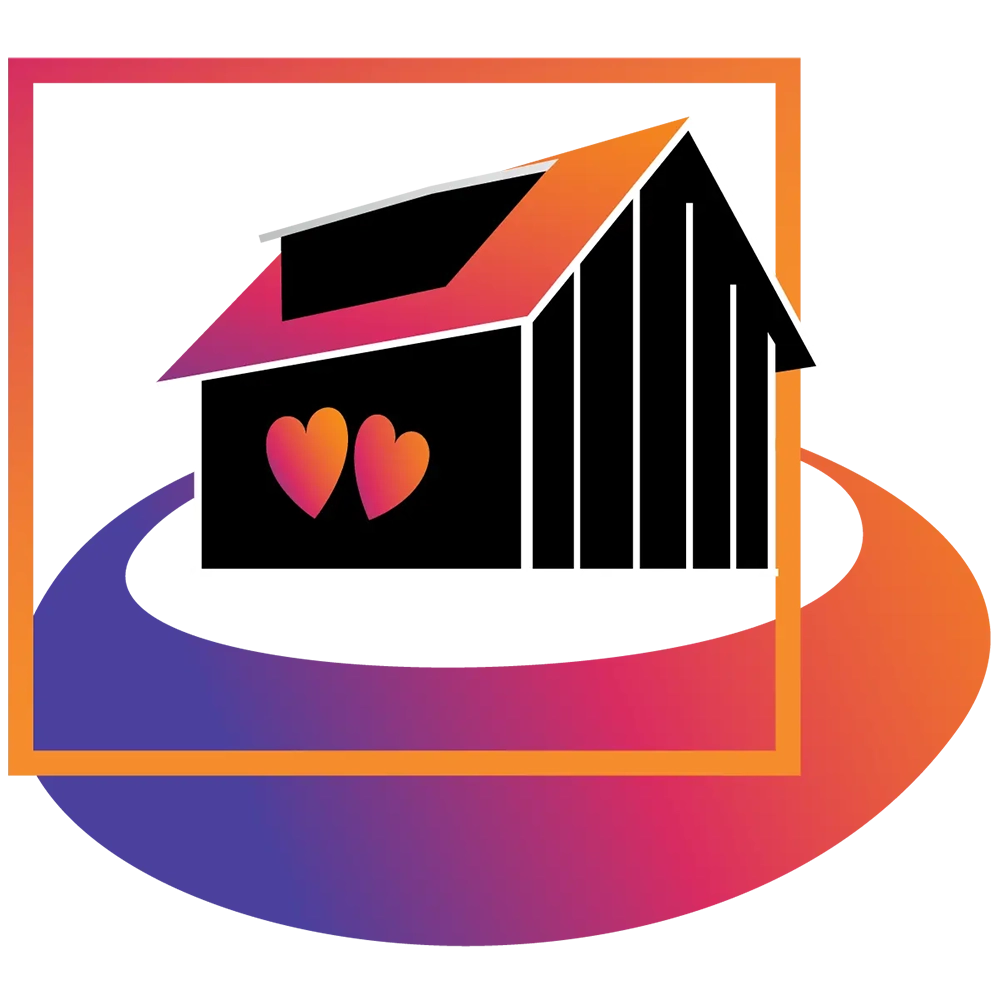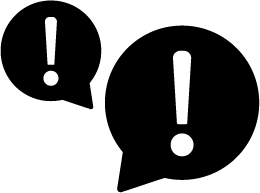For those struggling with a substance use disorder, there can be many risks, including possible overdose.
Opioid use can cause dizziness, drowsiness, and sedation, which can impair your ability to drive. Protect yourself and others – never drive under the influence of opioids.
If you do use street drugs and there’s a child in your home, there’s a risk the child can accidentally ingest the substance, leading to overdose and, possibly, death. Even a small amount of fentanyl or other drugs can kill a child.
Harm reduction refers to services and policies that lessen the dangerous effects of drug use to protect public health. There are many local harm reduction services in your community that can support you and help you stay safe.

